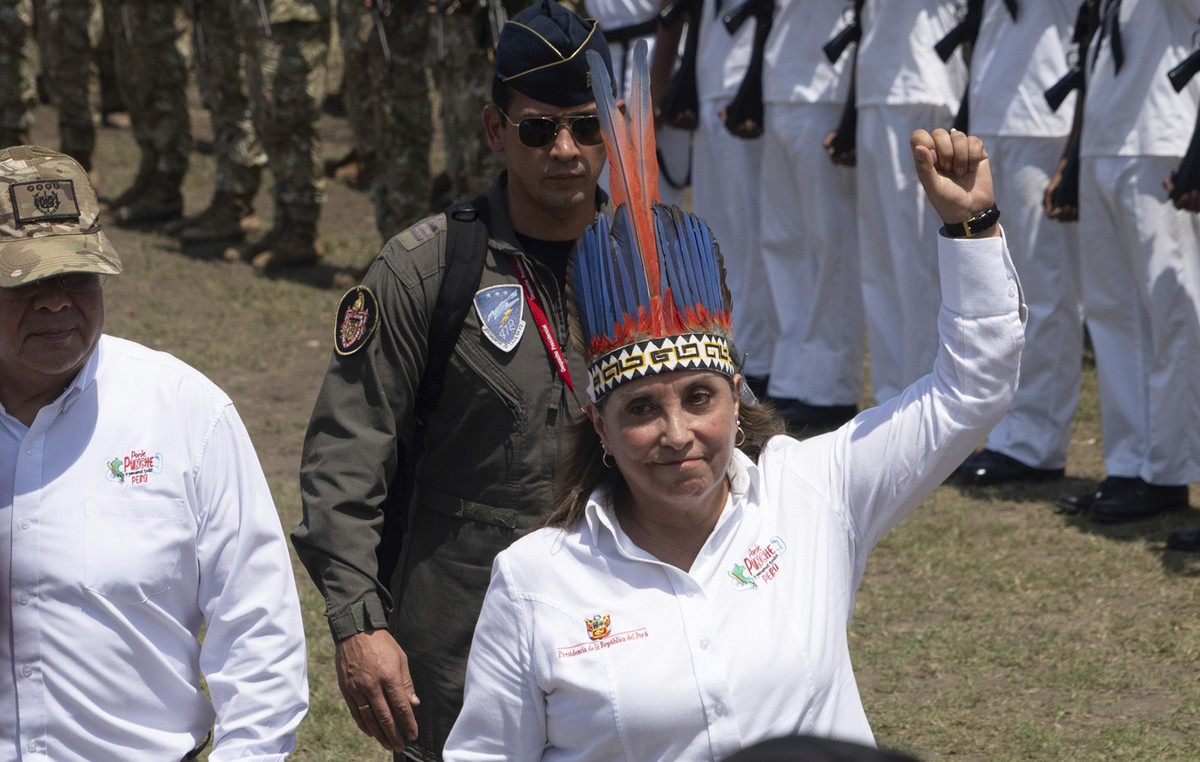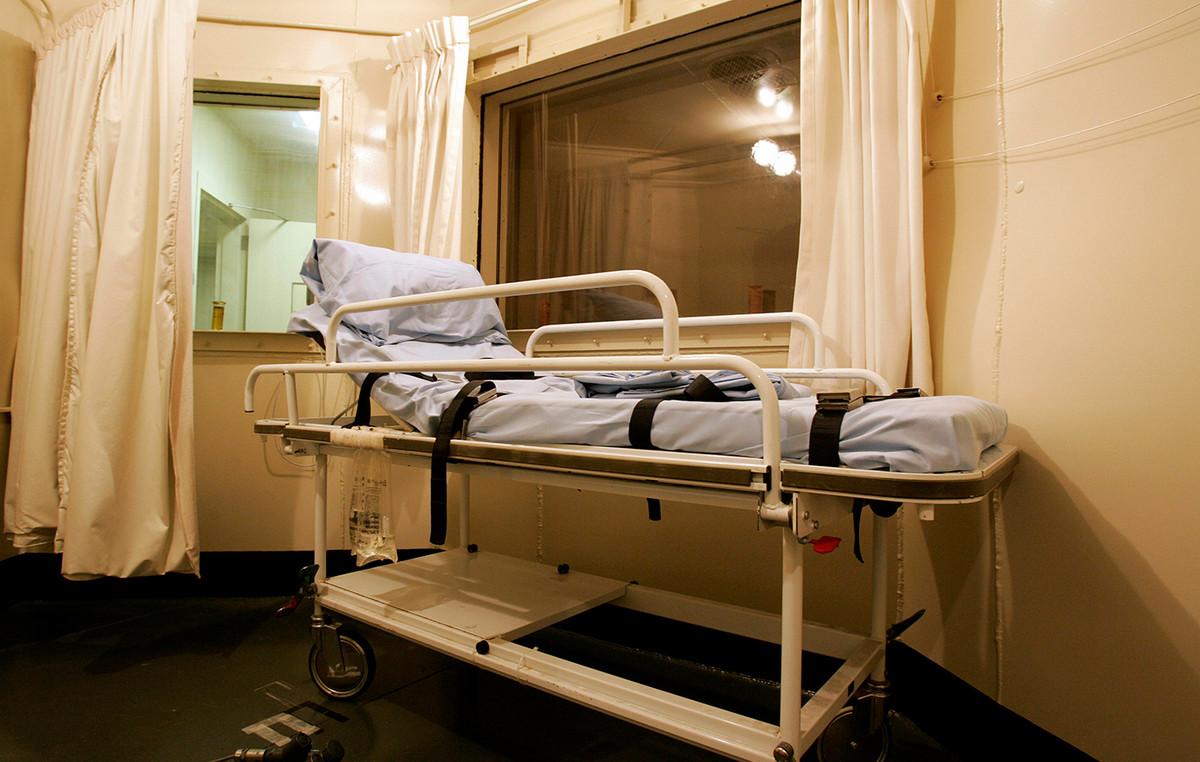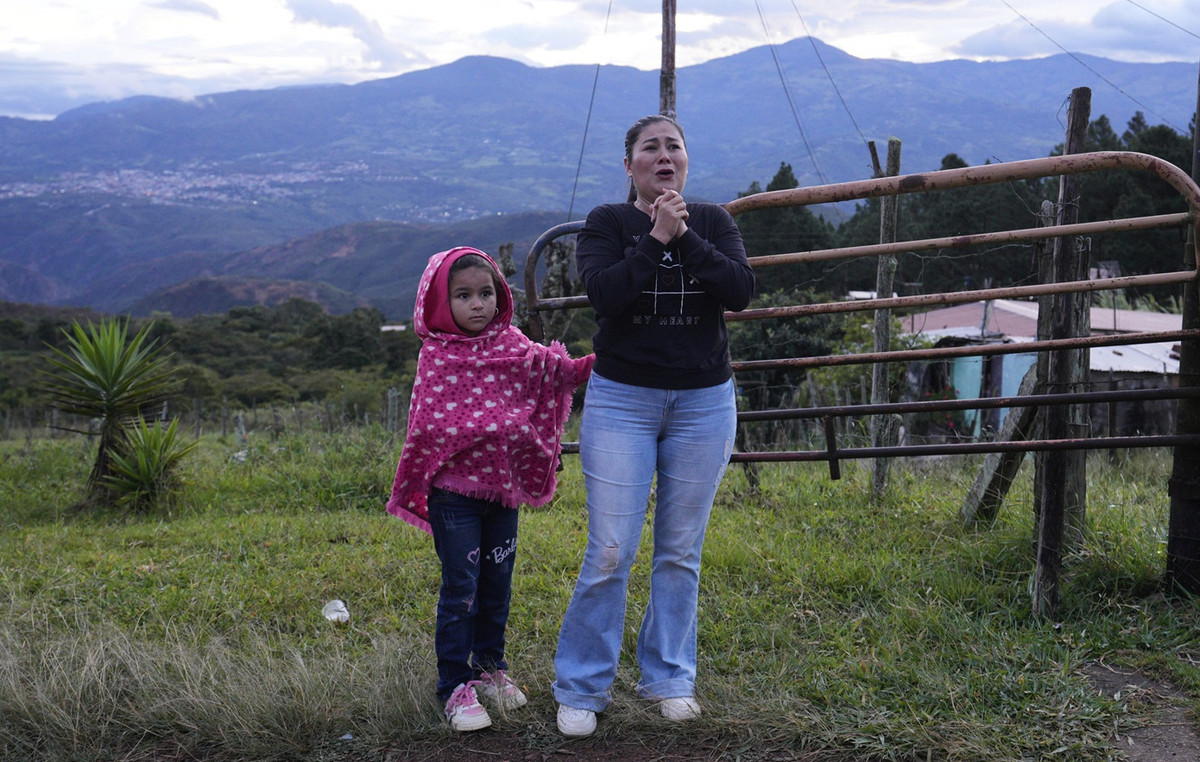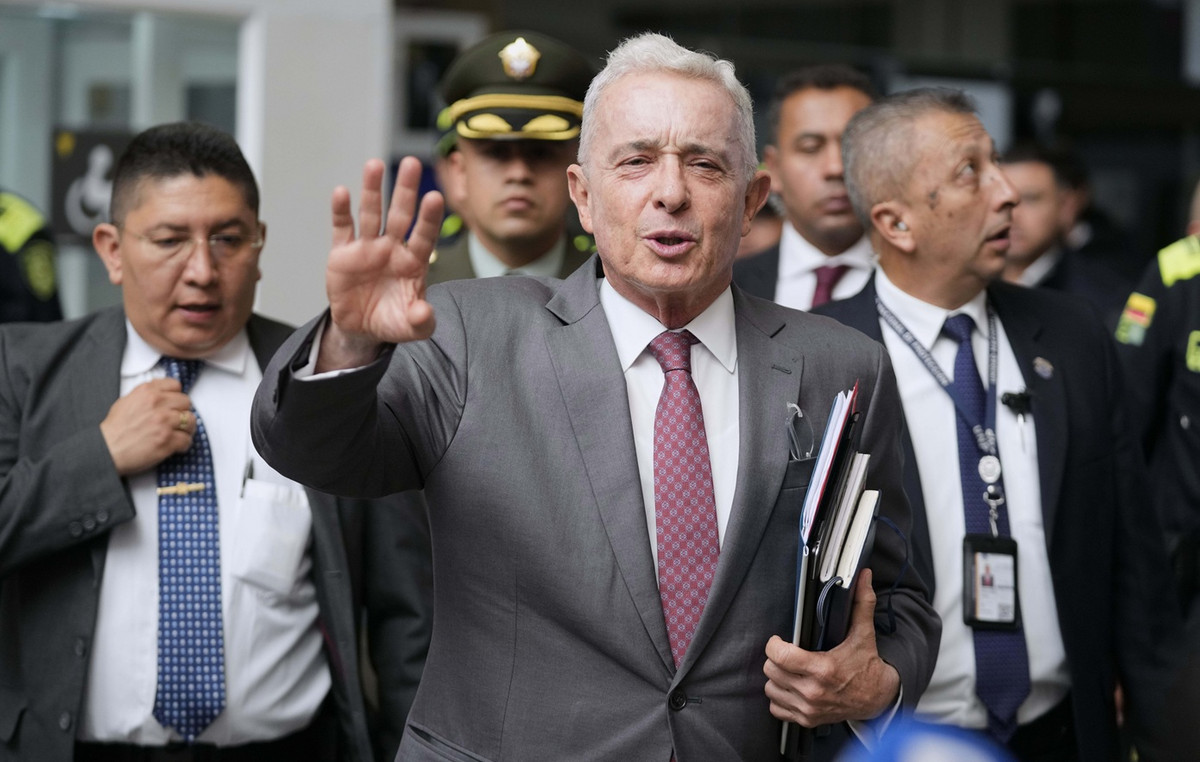The financial volume invested by individuals in Brazil reached a total of BRL 5 trillion in 2022. The result represents an increase of 11.7% compared to the BRL 4.5 trillion registered in 2021, according to a report released by Anbima (Associação Association of Financial and Capital Market Entities) on Thursday (9).
This amount encompasses the retail, high-income retail and private segments of financial institutions.
According to the balance sheet, the increase was driven mainly by investment in fixed income products, such as CDBs (Bank Deposit Certificates), LCIs and LCAs (Records of Real Estate Credit and Agribusiness, respectively).
According to Ademir Correa Junior, president of ANBIMA’s Distribution Forum, in this scenario of inflation and high interest rates, it is natural for investors to allocate their resources to more conservative products with income tax exemption.
With 143.6 million accounts (does not correspond to the total number of CPFs, since each person can have more than one account in more than one institution), retail was responsible for R$ 3.1 trillion of the financial volume invested by Brazilians .
The participation of traditional retail rose 13.3% in the year, reaching R$ 1.7 trillion. The volume invested in high income accounts for BRL 1.4 trillion, a growth of 16.2% compared to 2021.
The private segment, which covers clients with at least BRL 3 million in investments, grew 7.3%, ending 2022 with BRL 1.9 trillion invested.
Marketable securities
The highlights of 2022 were real estate bonds and securities, with a total of BRL 2.4 trillion, up 25.8% compared to the close of the previous year, expanding its market share from 42% to 47%.
Investment funds closed with BRL 1.5 billion (30%) of the total invested, an increase of 4.2% compared to 2021. Private pension investments reached BRL 187.3 billion, up 11.5%.
On the other hand, the Brazilian’s darling investment, savings, which accounts for 18% of the industry, lost 4% of its resources and closed the year with R$ 949.3 billion.
“Family indebtedness, which broke a record in 2022, made many investors withdraw money from savings to pay off debts. Another factor that contributed to the result was the end of the payment of emergency aid”, says Correa Junior.
Regarding bonds and securities, CDBs led the investment volume, closing the year with BRL 715.9 billion, up 25.5% compared to 2021. LCAs had a gain of 76%, reaching BRL 317.6 billion, and LCIs rose 67.6%, totaling R$217.2 billion.
At the other end, the financial volume invested in stocks fell 4.2%, closing at BRL 619 billion, impacting the share of these assets in the industry: from 34.2% in December 2021 to 26% at the close of last year.
The drop was mainly impacted by the private segment, which has clients with larger amounts allocated to these products. The product in the segment had a retraction of R$ 23.9 billion, that is, a drop of 5.3%, while retail marked a reduction of R$ 3.4 billion – 1.7%.
fixed income funds
The fixed income class led the investments, up 12.9% compared to 2021, totaling R$ 512.1 billion. Exempt from income tax, real estate funds grew 14.1%, increasing their share to R$92.3 billion.
Equity funds grew 3.5%, totaling R$ 224.4 billion in volume invested in the year.
In multimercados there was a drop of 2.1% compared to 2021, ending the year with R$ 672.2 billion.
places
Although the Southeast accounts for 67.5% (R$ 3.4 trillion) of the entire volume invested among the Brazilian regions, the Midwest and Northeast stood out in 2022, registering increases of 15.2% and 14.1% , respectively. The financial volume invested in the Midwest reached BRL 259 billion, while in the Northeast, it was BRL 435 billion.
Source: CNN Brasil
I am an experienced journalist, writer, and editor with a passion for finance and business news. I have been working in the journalism field for over 6 years, covering a variety of topics from finance to technology. As an author at World Stock Market, I specialize in finance business-related topics.







